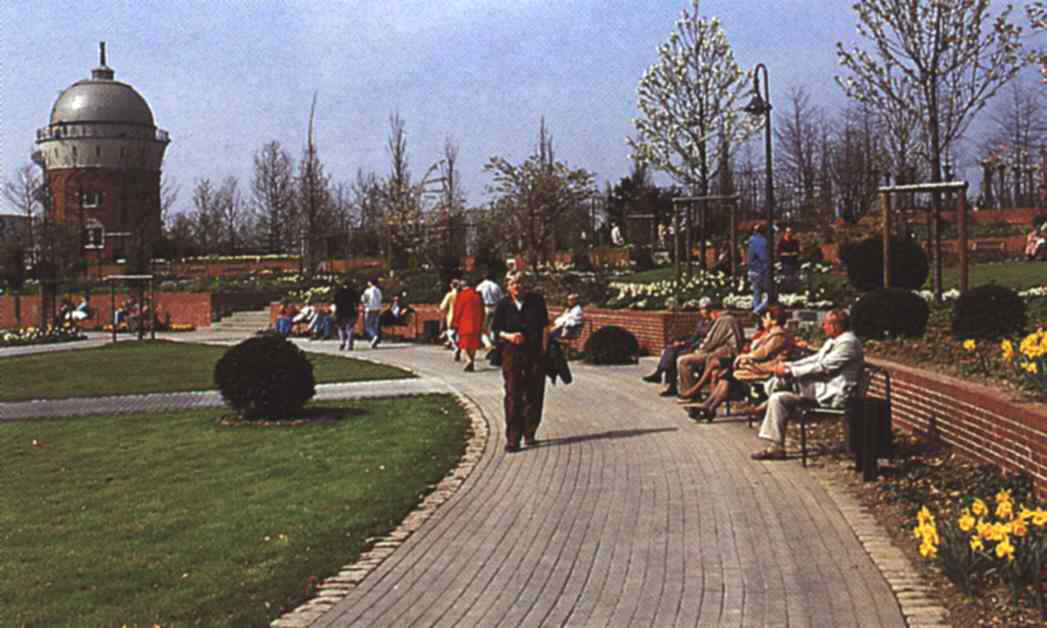Mülheim on the Ruhr, Rhine Ruhr Region
Mülheim
and the Ruhr a centuries old connection. The history and development
of the town are firmly linked to the river; it has made its deciding mark.
And it all began over a thousand years ago: At that time, a branch of the
route which served the king, the army and traders, the Hellweg, ran
through the river ford in Mülheim. In 883/884 the first fortification was
built to protect this strategically important point no other western
European Carolingian fortification is still in such good repair as what
the Passage of centuries has developed into Schloß Broich (Broich Castle).
Documents
dated 1033 and 1145 are proof of the early use of the river as a traffic
rouxe. For centuries the Ruhr was also a vital economic artery: On the
banks and in the valleys of the streams were the mills which Baue the town
its narre. The leather and textile industry used waten from the Ruhr. Once
Cargo shipping really Bot Boing after locks were built, the Ruhr was the
busfest river in Europe. For a century Mülheim was the centre of shipping
an the Ruhr and the coal trade, and international companies were founded
here. The rail link and the subsequent decline of coal shipping brought
the first structural change: the mining, fron and metal processing
industries grew in importance an importance which continued up to
the mid 1960s, when the pits wer e closed and the blast furnaces shut
down. The "Kohlenpott" ("Coal pot" the nickname for
the Ruhr area) changed its appearance and Mülheim was the first
town to lose all its pits. One example is the site of the Rosenblumendelle
pit, now the Rhein-Ruhr Centre, the largest enclosed shopping centre in
Germany, which draws its customers from many of the neighbouring towns.
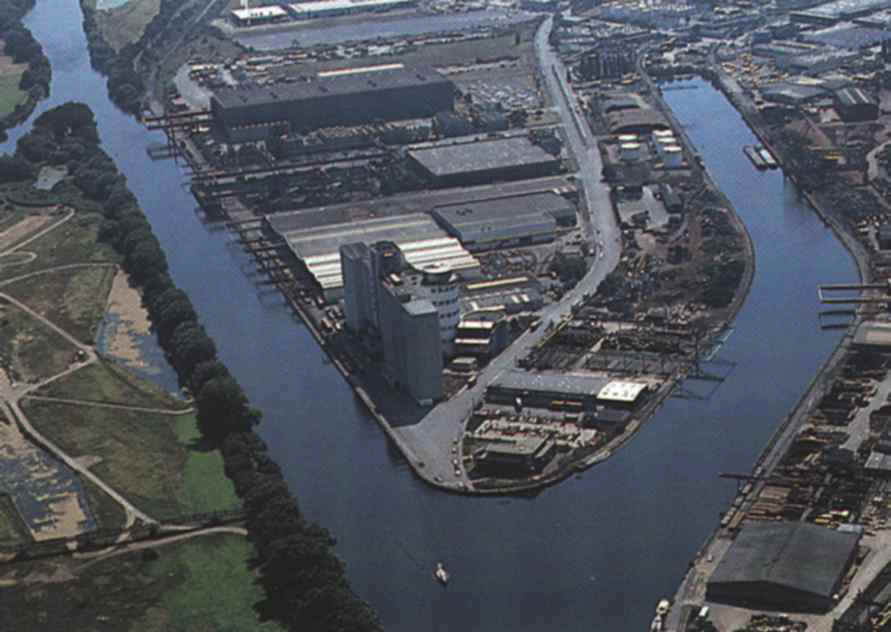
Rhine
- Ruhr Harbour
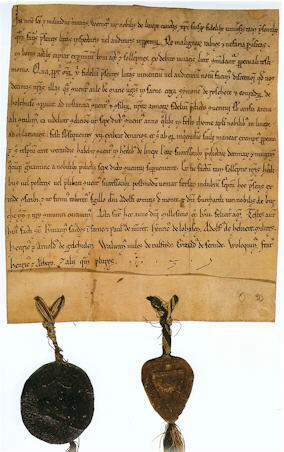
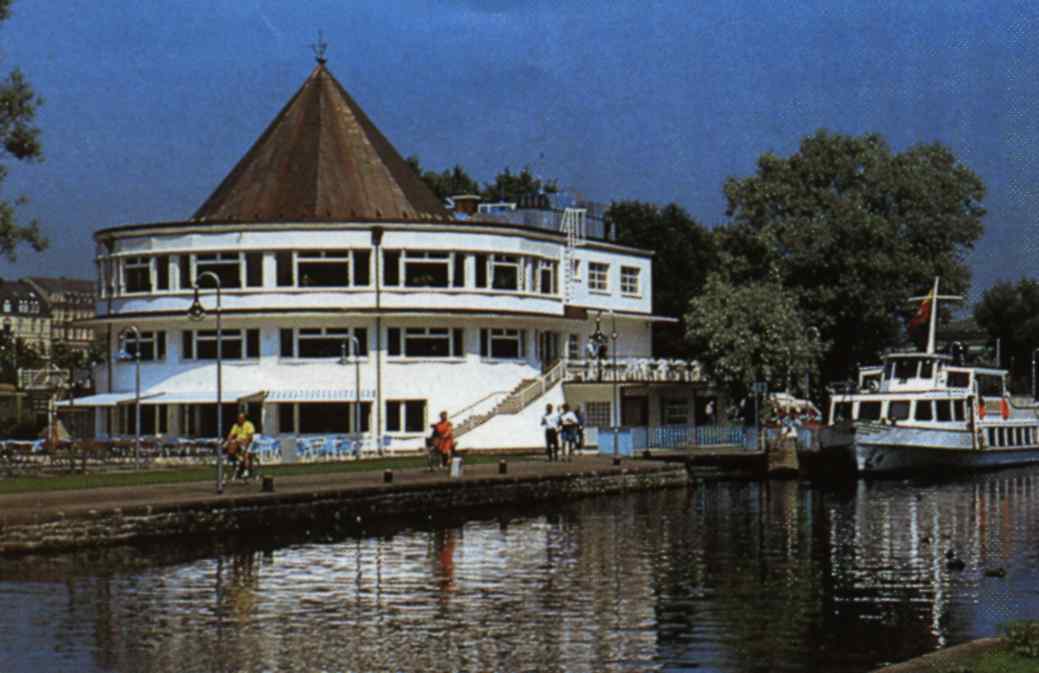
Ferry stop on the Ruhr
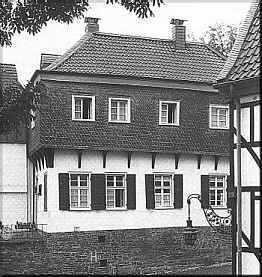
The House of G. Tersteegen
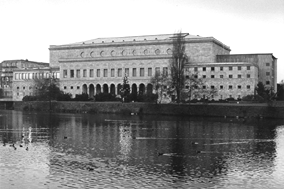
The
Town Hall
of Mulheim
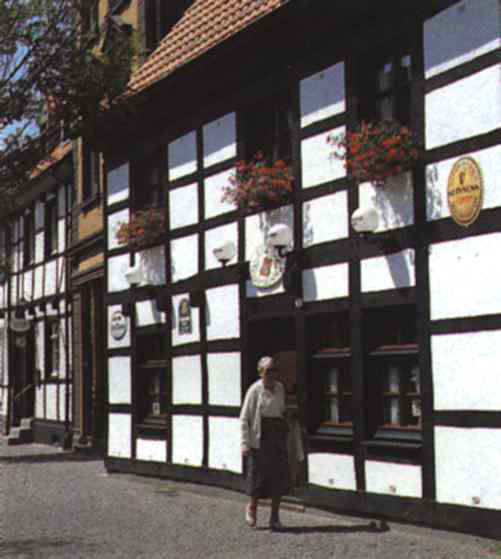
Old
part of the City
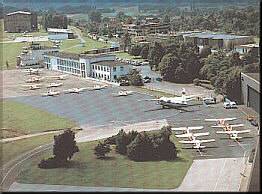
Airport
